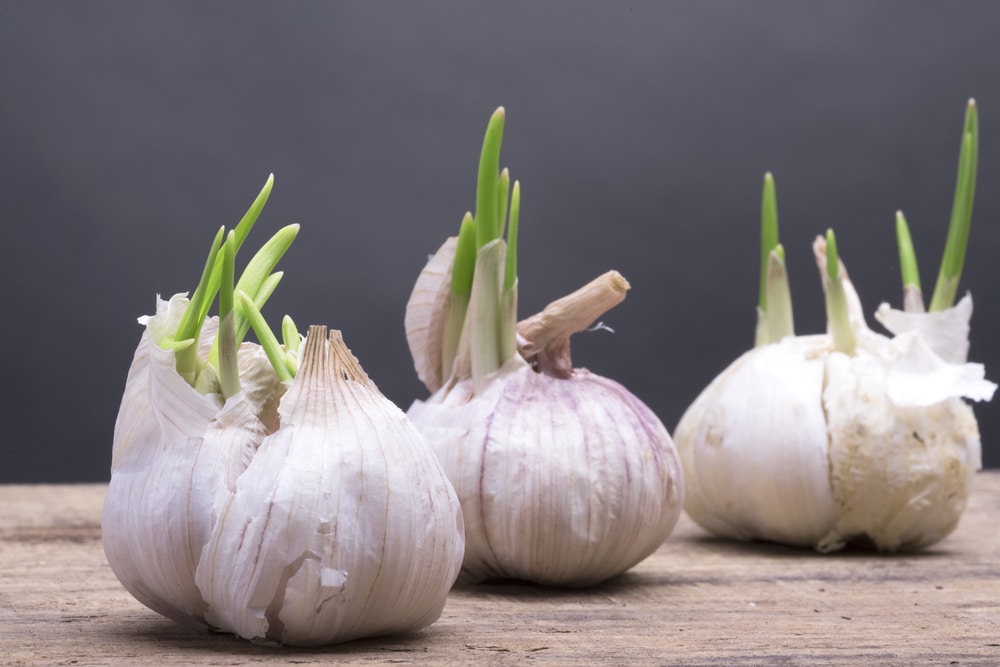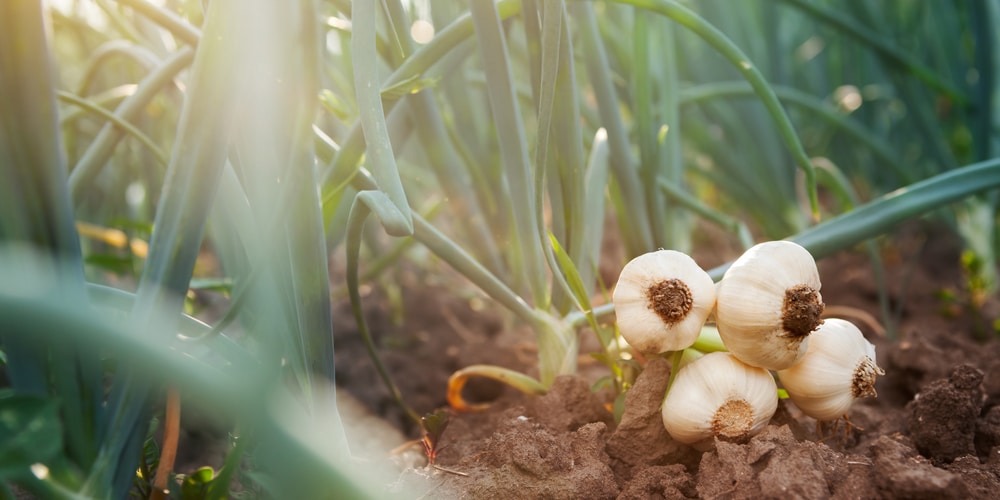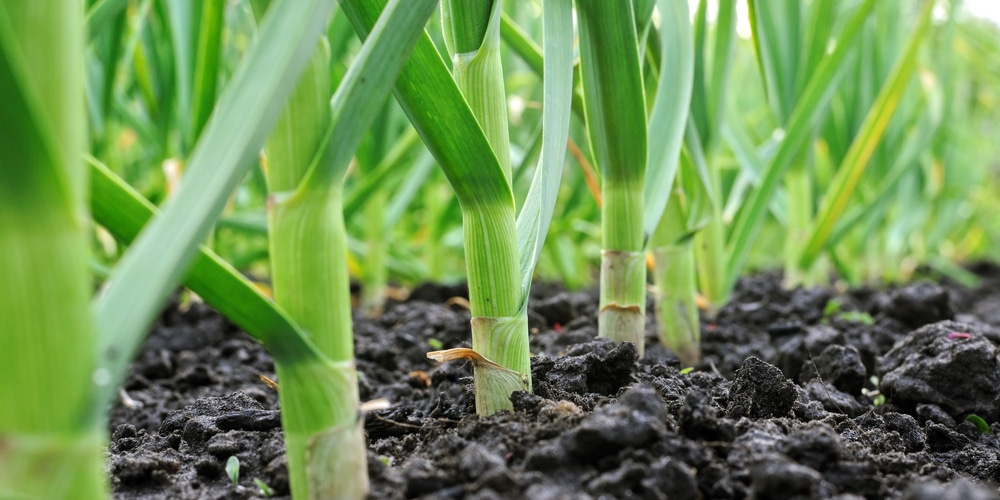Many animals can eat garlic besides humans. However, the plant is poisonous to other animals, so it is best to know if you own any of them as a pet. Step away, vampires! Make way for the animals that can eat garlic!
What Is Garlic?

Garlic is a plant that has organosulfur compounds that give a distinct taste and multiple health perks. Consuming garlic can lessen the likelihood of contracting different types of cancer because it reduces carcinogens in your body.
Garlic heads look like onion bulbs with a more potent flavor than onions. Both belong to the Allium genus family, which explains their similar looks and flavoring.
During ancient and biblical times throughout Greece and Egypt, garlic was known for its strength-inducing benefits and got used to increase productivity for the working class or soldiers at war. In Asian countries, garlic preserves other foods, helps digestion, and enhances a man’s libido.
Types of Garlic
With about 700 species of garlic available worldwide, they have a long shelf life of about eight months in your pantry. Each species falls under two categories: soft neck and hard neck garlic. How the garlic grows on the plant and their taste define their differences.
Softneck Garlic
Softneck garlic varieties have a mild flavor, with two main types being silverskin or artichoke. The artichoke soft neck garlic variety has at least 20 cloves per bulb.
Red Toch, Italian Late, and Applegate are a few soft neck varieties.
Hardneck Garlic
Another name for hard-neck garlic is stiff-neck garlic, with a deeper flavor than their soft-neck cousins. Rocambole is the hard-neck garlic variety you may see most in supermarkets. Examples of species in this category include German White, Purple Stripe, and Persian Star.
What Animals Eat Garlic?
Of course, we mammalian humans can consume garlic. Insects and squirrels can safely consume garlic as well.
Insects
Leafminers, bulb mites, nematodes, and thrips are some insects that like to eat garlic. If garlic plants do not receive proper chemical pesticide treatment, bulb mites can enter the garlic cloves to feed on the plant internally and externally.
Laying down mulch and placing up floating row covers can brave off the invading leafminers, which are tiny yellow and white maggots that measure about eight millimeters.
While some nematodes can benefit particular plants, the specific species Ditylenchus dipsaci is harmful to garlic. They target the foliage when consuming the plant, which makes it inedible for humans after harvesting from the ground.
Onion maggots consume garlic because they are in the same family as onions. Hence, as garlic grows in the ground, it can attract flies that land eggs on the plant to produce onion maggots.
Humans
Humans use garlic in food dishes and even vitamin supplements. The vitamin supplements help guard against oxidative damage while giving the body antioxidants, which helps people with high blood pressure.
Garlic mixed with butter and topped on French bread turns into delicious garlic bread when baked in the oven. Mince garlic and mix it into mashed potatoes with salt, pepper, and butter for a kick of flavor.
Squirrels
While squirrels can physiologically handle digesting garlic, they do not like the taste of it. If they are digging around in your backyard for food and accidentally taste one of your garlic plants, they will not bother the other ones.
Is Garlic Poisonous to Some Animals?
The allicin in garlic can cause anemia in birds because it targets and bursts their red blood vessels. It can affect their small esophagus and form ulcers in their bodies.
Garlic is five times as poisonous as onions for felines and canines. For cats, if they ingest one gram for every five pounds of their body weight, this is considered a toxic dose. Since dogs are larger, about 15 to 30 grams for each kilogram of a dog’s body weight is a toxic dose.

